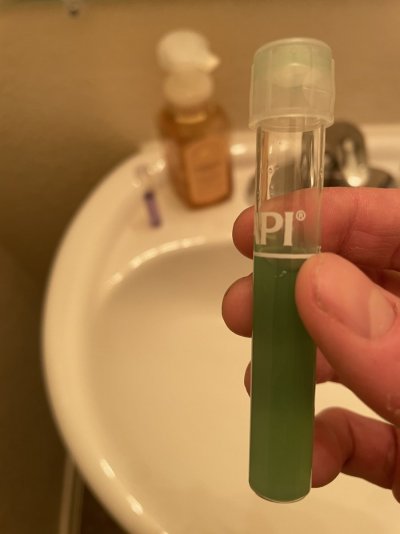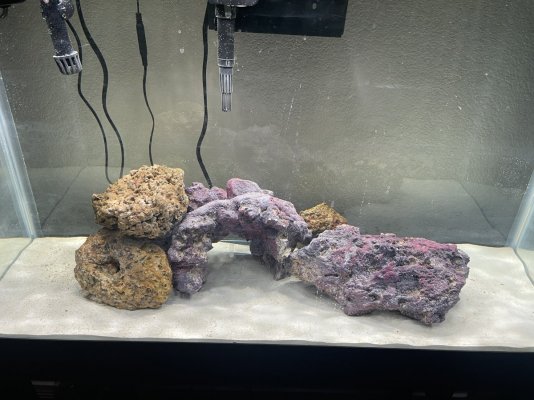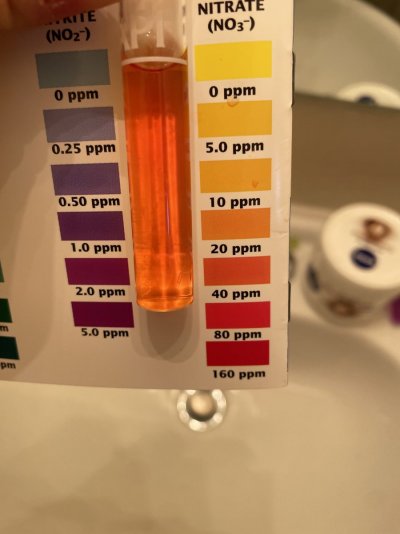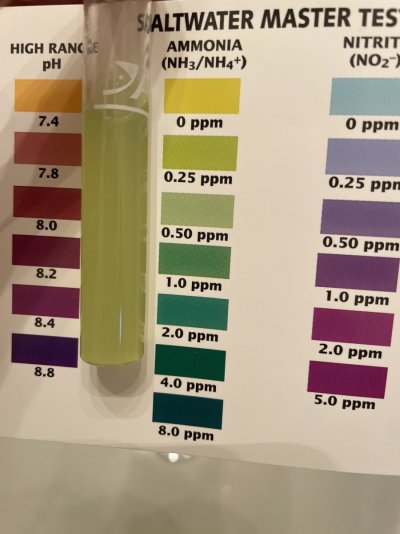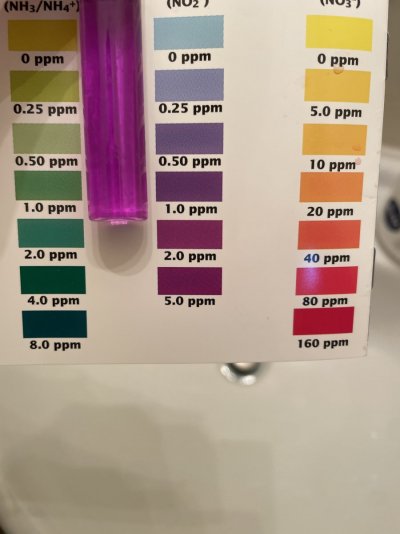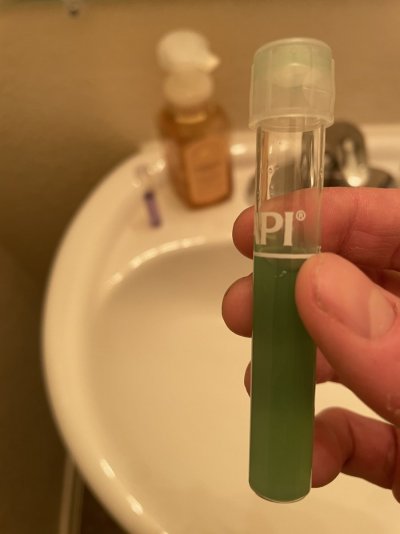Without the bottle bac it would be a bit of a quick start since only half his rock is live…but anyone who studies live rock transfer cycles (aka every reef convention full reef ever made for thirty years set up in one day, not seven, no the cycles dont expire they are skip cycles) knows that live rock component (the brown ones not the painted liferock) can carry the same degree of fish he might choose now, or in two months of careful wait and feed
his bottle bacteria equated him with fifty thousand other bottle bac cyclers who carry fish day one, with no wait, and violate all fish disease protocol heh
hes at the disease protocol selection phase. His assigned ready date came from a constellation of factors beyond this one thread. Assigning clear specific start dates for bioload carry vs open ended arbitrary start dates is the heart of updated cycling science. His posted test levels mean nothing, they’re unverified api. A set of horse shoes aimed at parameter target stakes fifteen paces out is sharper.
his bottle bacteria equated him with fifty thousand other bottle bac cyclers who carry fish day one, with no wait, and violate all fish disease protocol heh
hes at the disease protocol selection phase. His assigned ready date came from a constellation of factors beyond this one thread. Assigning clear specific start dates for bioload carry vs open ended arbitrary start dates is the heart of updated cycling science. His posted test levels mean nothing, they’re unverified api. A set of horse shoes aimed at parameter target stakes fifteen paces out is sharper.






